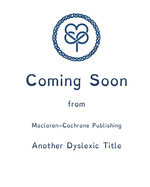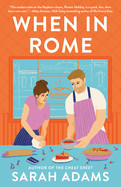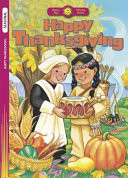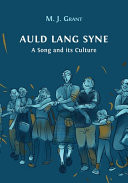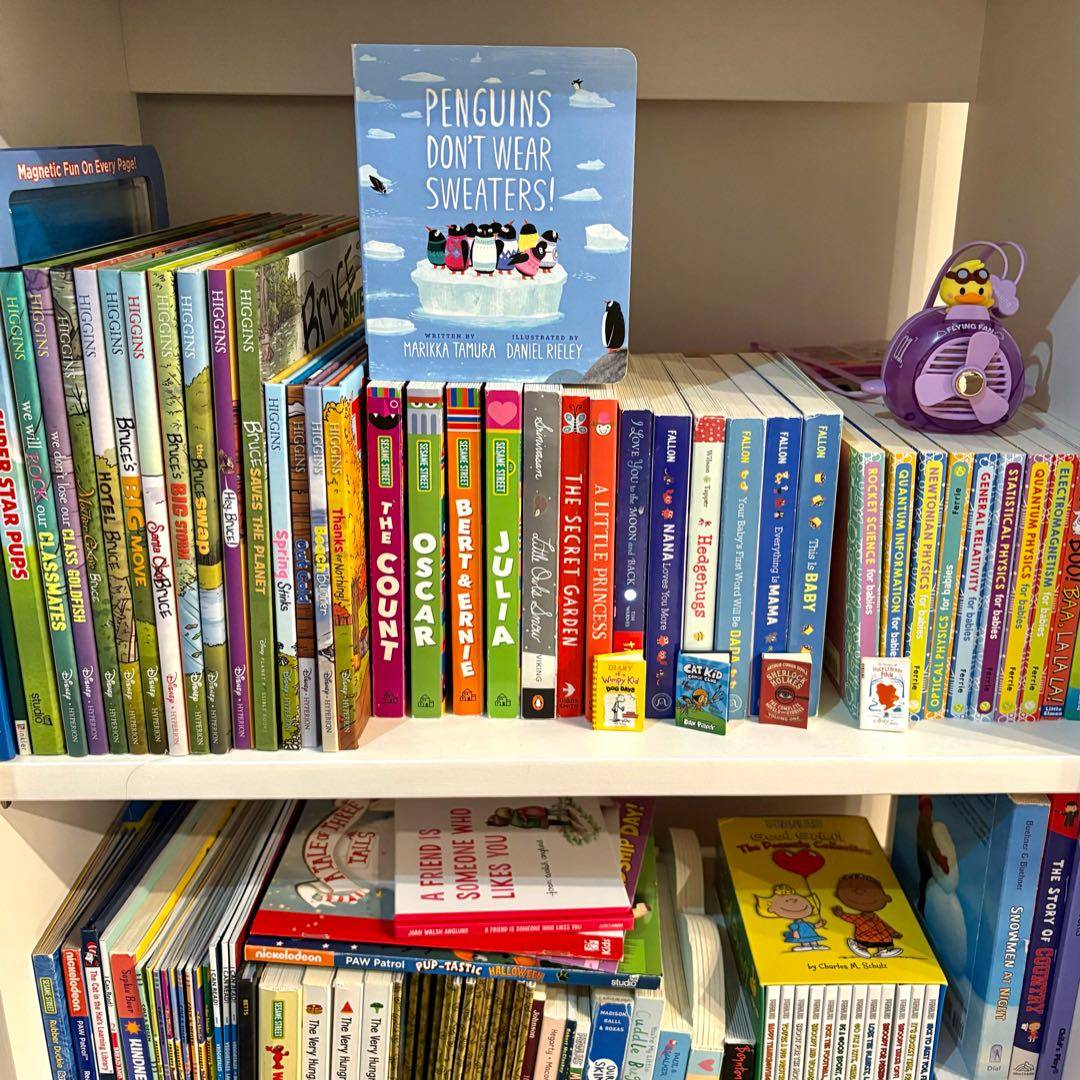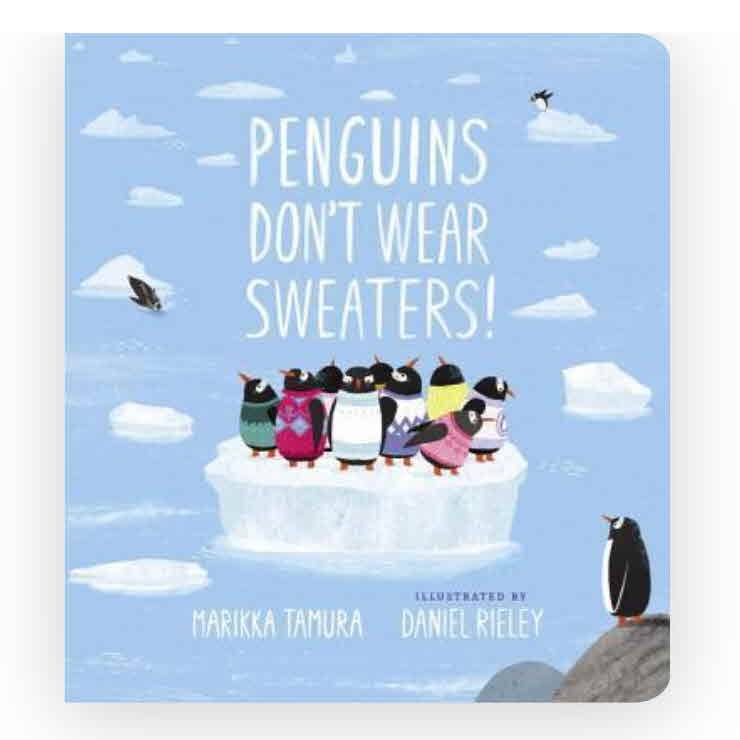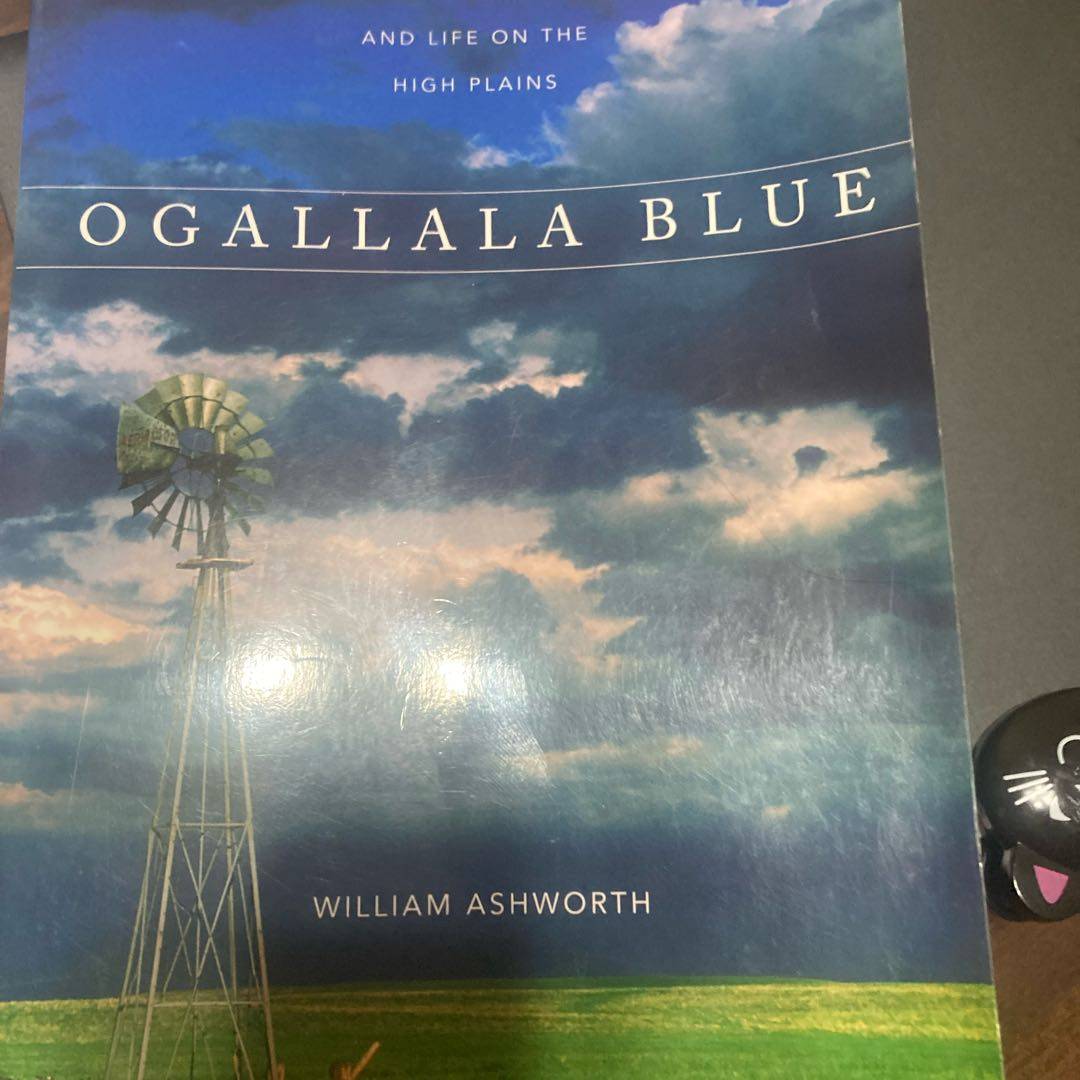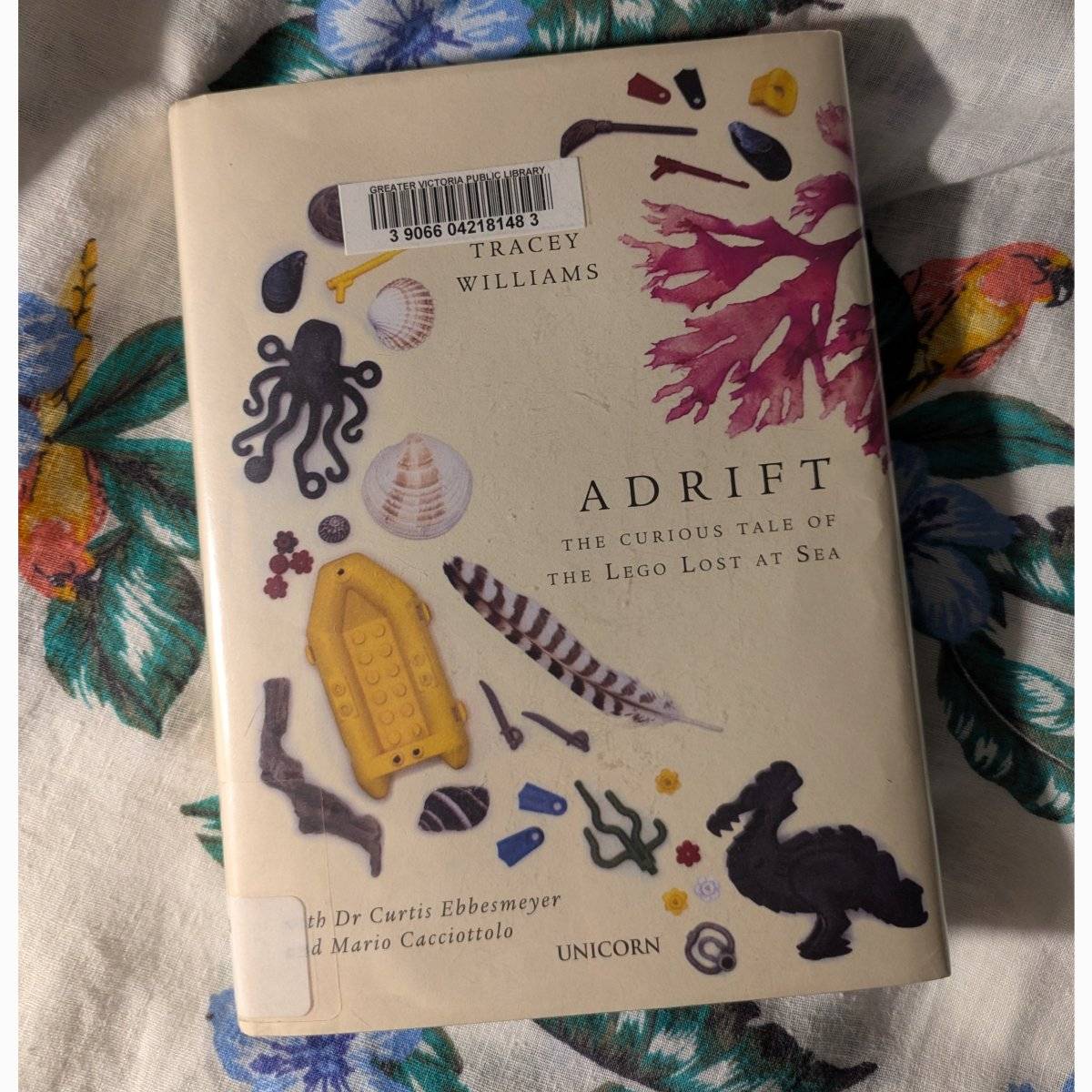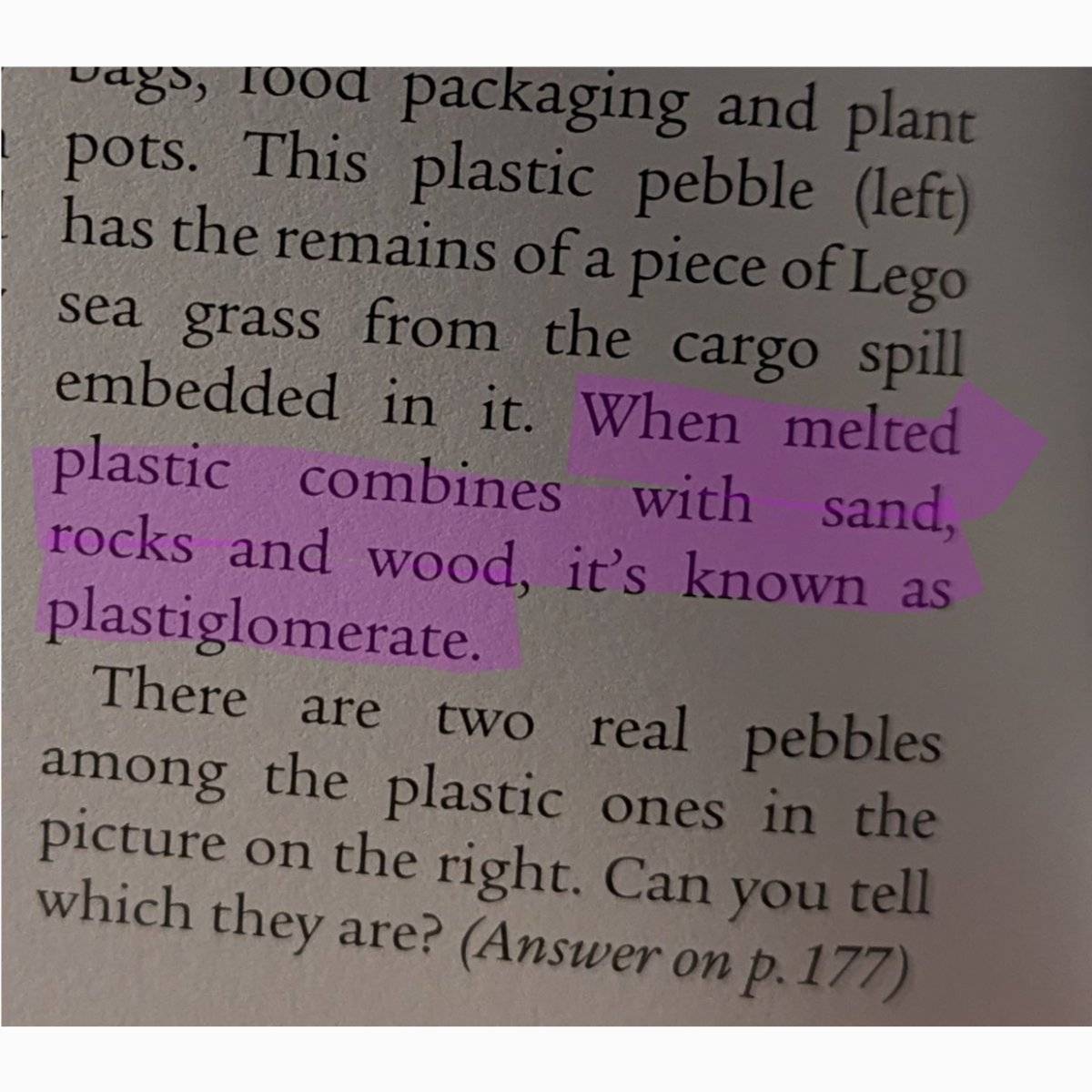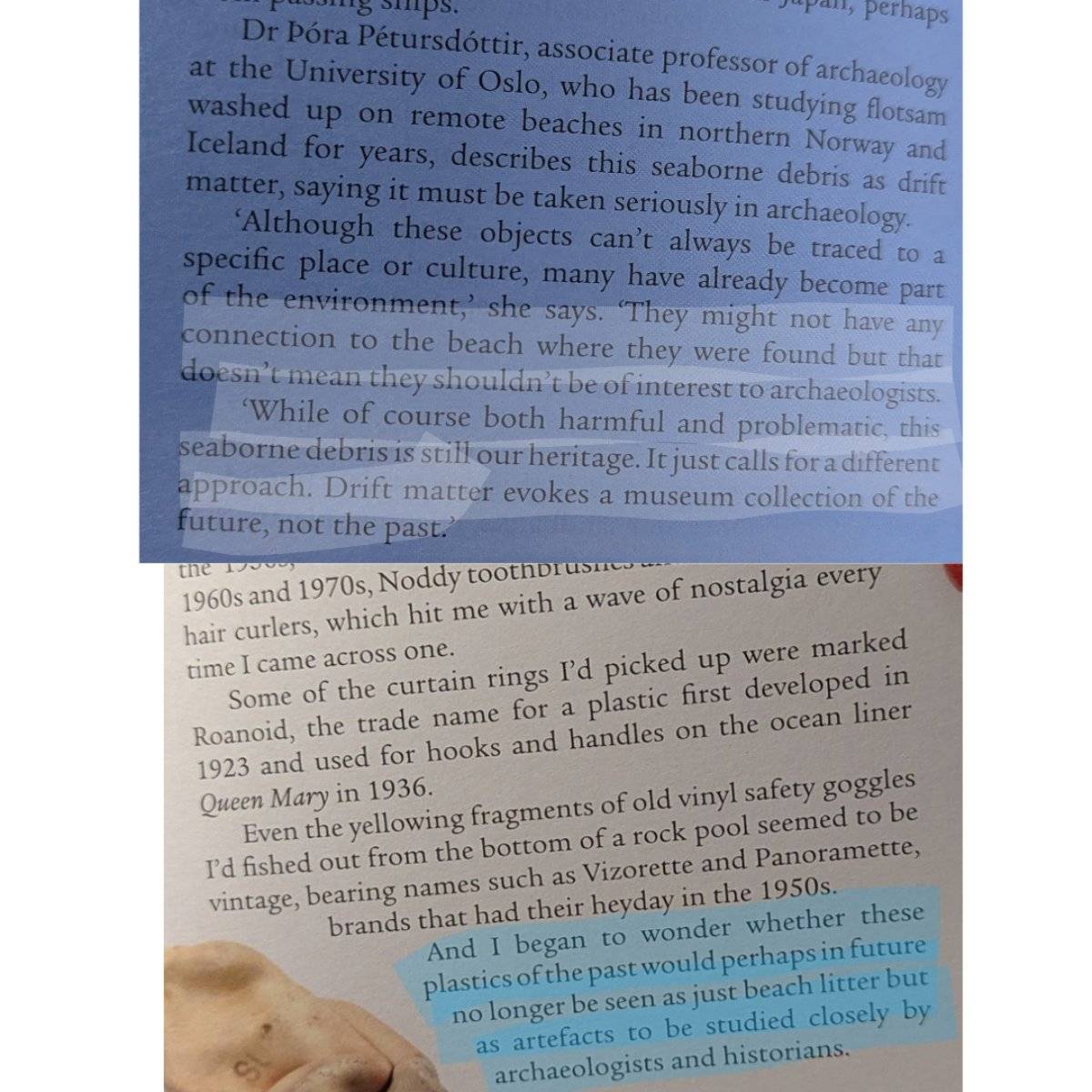I lived in lofts (literally named The Library Lofts) shortly after the downtown KC library opened with its now famous wall of book spines. My apartment was a mere block away, so needless to say I spent a lot of time there. I have since read a few of the selected books for the display, & they have become favorites, however Rachel Carson's groundbreaking Silent Spring remains on my TBR. #earthy @eggs @alwaysbeenaloverofbooks






